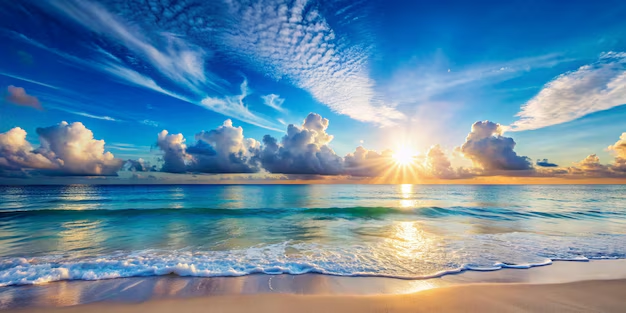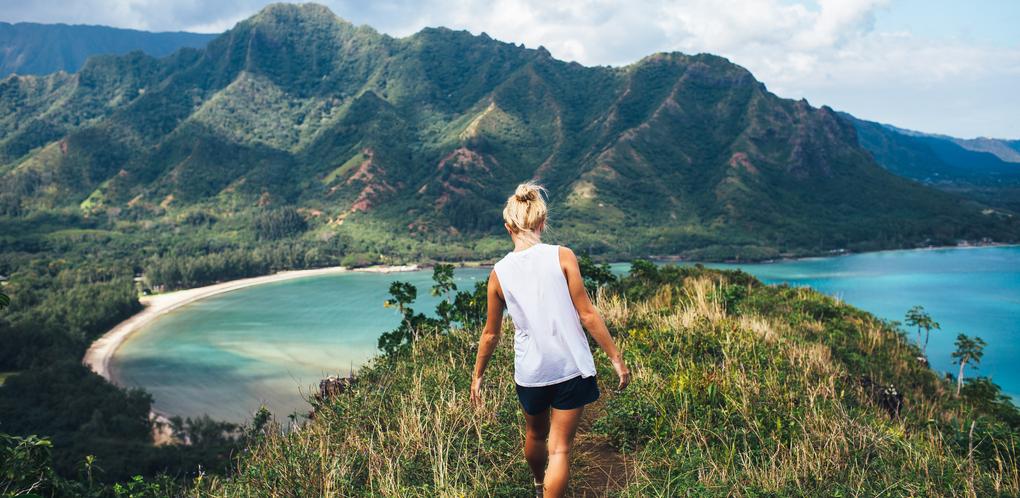Hawaii is a dream destination for many. With its stunning beaches, lush landscapes, and vibrant culture, it’s easy to see why people want to visit. But when is the best time to go to Hawaii? This article will help you understand the ideal times to visit the islands, what to expect in different seasons, and tips for planning your trip. Whether you’re dreaming of lounging on the beach, hiking through rainforests, or exploring the rich history of the islands, knowing when to go can make all the difference.
Understanding Hawaii’s Seasons
Hawaii has two main seasons: the dry season and the wet season. The dry season runs from April to October, while the wet season is from November to March. Each season has its own unique charm and benefits, which we’ll explore in detail.
The Dry Season (April to October)
The dry season is often considered the best time to visit Hawaii. During these months, you can expect plenty of sunshine and warm temperatures. The average temperature hovers around 80°F (27°C), making it perfect for beach activities.
Benefits of Visiting During the Dry Season
- Ideal Weather: The dry season offers the best weather for outdoor activities. You can enjoy swimming, snorkeling, and hiking without worrying about rain.
- Festivals and Events: Many festivals and events take place during the dry season. For instance, the Merrie Monarch Festival, a week-long celebration of hula, occurs every April in Hilo.
- Marine Life: The summer months are great for spotting marine life. You might even see humpback whales off the coast during their migration.
- Beach Activities: With calm seas, it’s an excellent time for water sports like surfing, paddleboarding, and kayaking.
The Wet Season (November to March)
While the wet season brings more rainfall, it also has its own allure. The weather can be cooler, with temperatures averaging around 75°F (24°C), making it comfortable for exploring the islands.
Benefits of Visiting During the Wet Season
- Lush Scenery: The rain nourishes the land, resulting in vibrant greenery and blooming flowers. This is an excellent time for hiking and exploring waterfalls.
- Fewer Crowds: The wet season typically sees fewer tourists, which means you can enjoy popular attractions without the crowds. It’s a more peaceful experience.
- Lower Prices: You may find better deals on accommodations and activities during the wet season. If you’re on a budget, this can be a significant advantage.
- Cultural Experiences: Winter months are when many Hawaiian cultural events occur, such as the Hawaii International Film Festival and the Honolulu City Lights.
When to Experience the Best Weather
If you’re looking for the absolute best weather, consider traveling between April and June or September and October. During these months, you can enjoy pleasant temperatures and minimal rainfall. It’s a sweet spot that combines the advantages of both the dry and wet seasons.
Spring (April to June)
Spring is a fantastic time to visit. The weather is warm, the flowers are blooming, and many outdoor activities are in full swing. Plus, you can take part in local events that celebrate Hawaiian culture.
Fall (September to October)
Fall offers similar benefits to spring. The summer crowds have dispersed, making it easier to enjoy the islands at a more leisurely pace. The weather remains warm, and the ocean is usually calm, ideal for water activities.
Events and Festivals to Consider
Planning your trip around local events and festivals can enhance your experience. Here are a few noteworthy events you might want to consider:
Merrie Monarch Festival (April)
This world-renowned festival celebrates hula and Hawaiian culture. It features competitions, music, and lots of local food. Attending this festival will give you a deeper appreciation for the culture.
Aloha Festivals (September)
Held throughout the islands, the Aloha Festivals feature parades, hula performances, and cultural displays. It’s a fantastic way to experience Hawaiian traditions.
Hawaii International Film Festival (November)
This film festival showcases a diverse range of films from the Pacific region and beyond. It’s a great opportunity for film enthusiasts and those looking to experience Hawaiian art and culture.
Tips for Planning Your Trip
When planning your trip to Hawaii, consider the following tips to ensure you have a fantastic experience:
Research Each Island
Each Hawaiian island has its own unique vibe and attractions. For example, Oahu is known for its bustling city life and famous beaches, while Maui offers stunning scenery and luxury resorts. Make sure to research which islands suit your interests best.
Book in Advance
If you’re traveling during peak seasons, it’s wise to book your accommodations and activities well in advance. This will help you secure the best options and avoid last-minute stress.
Pack Accordingly
Hawaii’s weather can vary, so pack for a range of activities. Bring swimwear for the beach, comfortable clothes for hiking, and a light jacket for cooler evenings.
Be Open to New Experiences
Hawaii is rich in culture and traditions. Be open to trying new foods, participating in local customs, and exploring beyond the typical tourist spots. You may discover hidden gems that make your trip unforgettable.
The Best Time for Specific Activities
Different activities may be better suited for specific times of the year. Here’s a quick guide to help you plan your adventures:
Surfing
The best time for surfing on the North Shore of Oahu is during the winter months (November to February). The waves are larger and more consistent, attracting surfers from around the world.
Snorkeling and Diving
For the best snorkeling and diving conditions, consider visiting in the summer months (June to August). The water is typically clearer, and the ocean is calmer, providing an ideal environment to explore underwater life.
Hiking
While you can hike year-round, the spring and fall months are particularly pleasant. The weather is comfortable, and the trails are often less crowded, allowing for a more enjoyable experience.
Whale Watching
If you’re interested in whale watching, plan your trip between December and April. During these months, humpback whales migrate to Hawaii, providing a fantastic opportunity to see these majestic creatures.
Conclusion: When is the Best Time to Go to Hawaii?
In summary, the best time to go to Hawaii depends on your preferences and what you want to experience. The dry season offers ideal weather for outdoor activities, while the wet season brings lush landscapes and fewer crowds. Consider planning your visit during the spring or fall for the best overall experience.
By keeping in mind the local events, weather conditions, and your desired activities, you can choose the perfect time for your Hawaiian adventure. Whether you’re lounging on the beach, hiking through breathtaking scenery, or diving into the rich culture of the islands, Hawaii promises a memorable experience.
For more information about planning your trip to Hawaii, visit Hawaiian Page.



